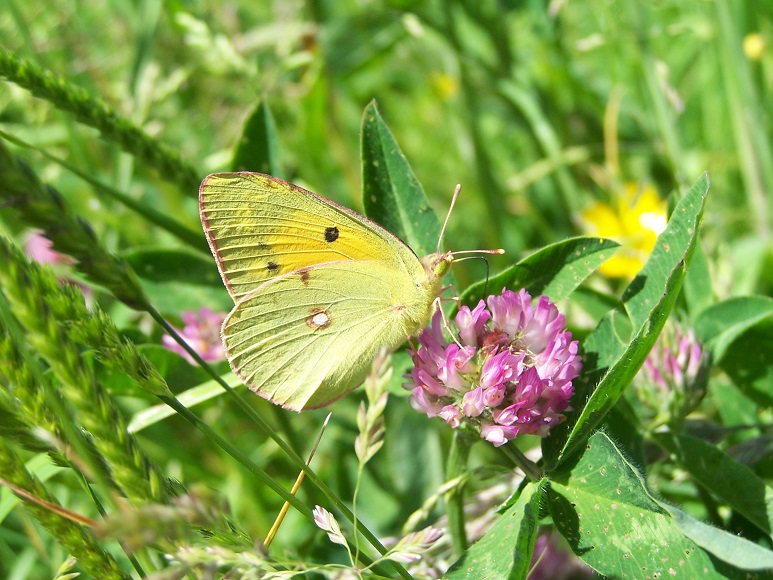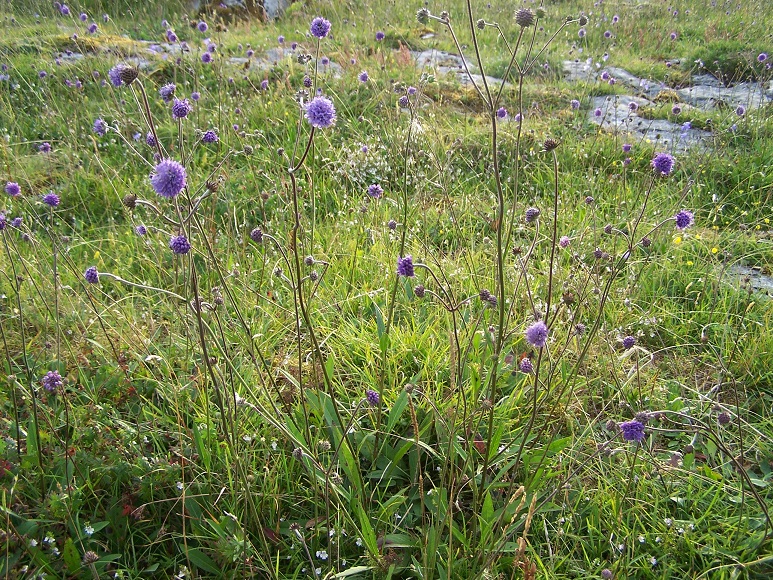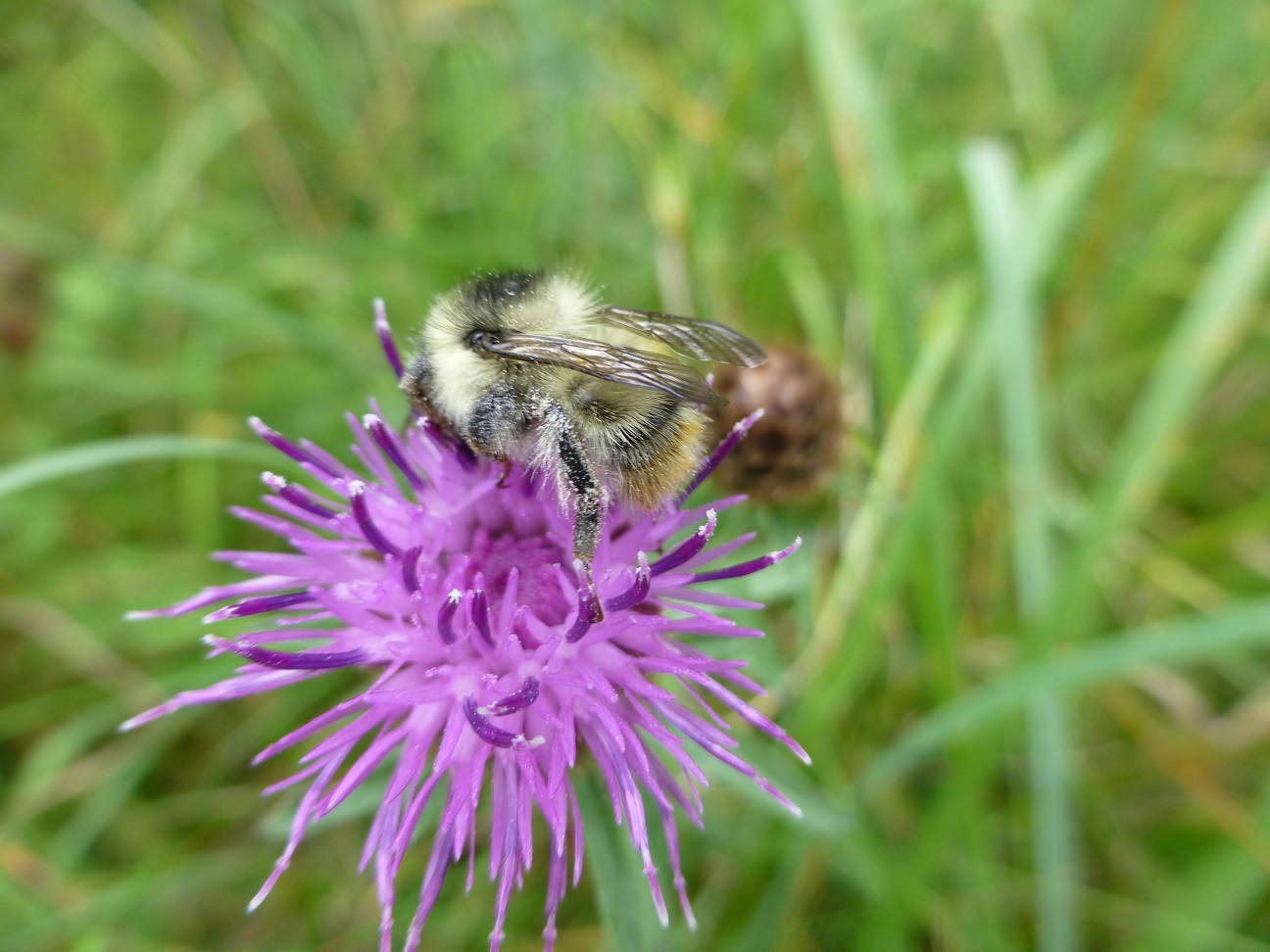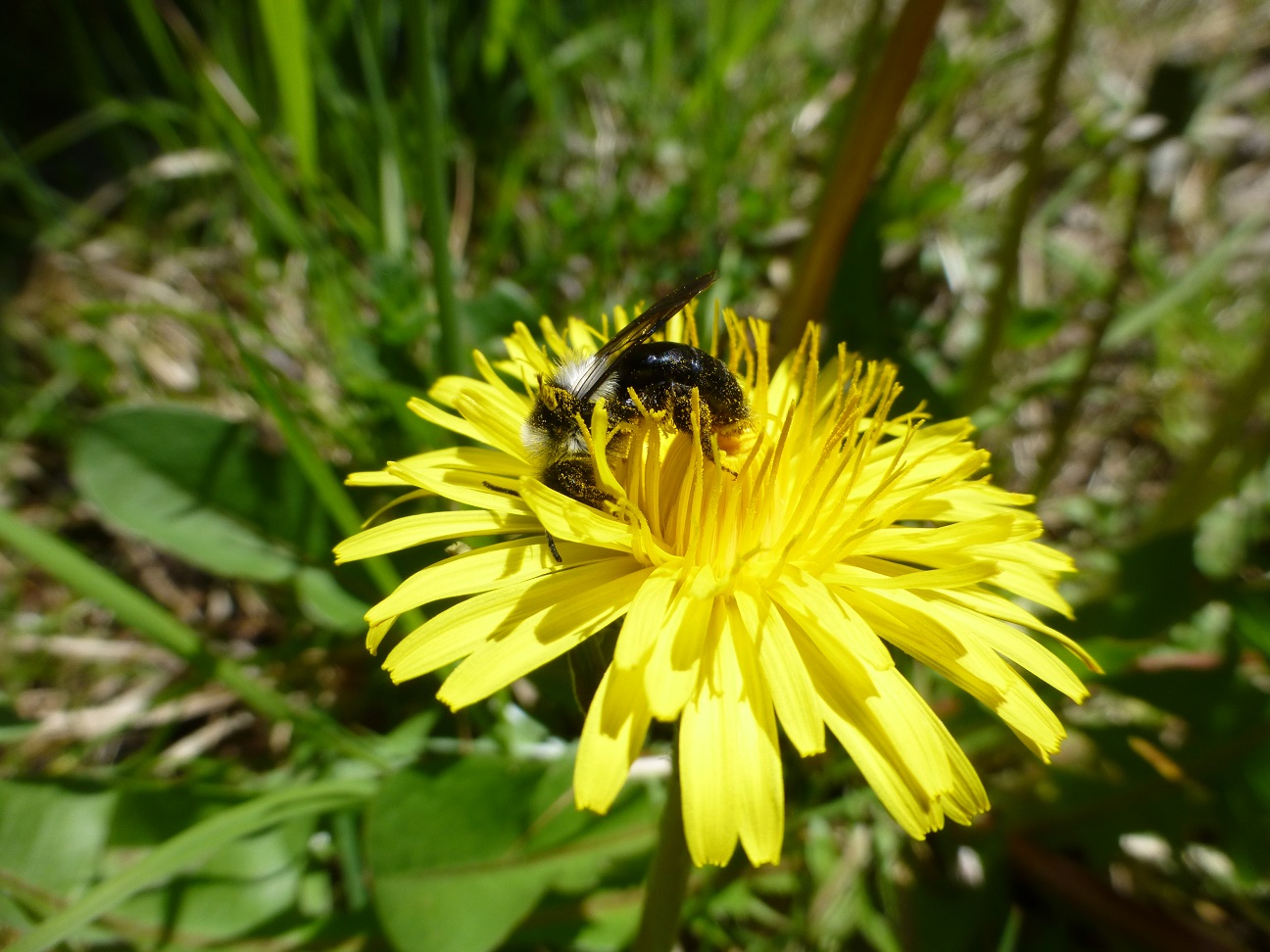The snow and ice are still melting and spring is attempting to make itself felt. Warmth, when it comes, will awaken our insects, our bees, moths and butterflies. Their first priority is to find food; after all, many of our insects have fasted for six months and need to recover diminished body weight to build reserves for activity, such as flight, mate-seeking and breeding.
One of the great challenges faced by nectar and pollen dependent insects is a simple but critical one of a lack of food. If the grassy hedge-bank in which a bumblebee hibernated is cut severely, the Primroses, Cowslips and Common Dandelions on it will be killed or be so reduced that flowering does not take place as it should. Worse still, some flowery verges, hedge banks and lawns are sprayed to kill ‘weeds’. A bland green desert replaces colour, and the endless Saturday drone of lawn mowers and the snarl of strimmers replace the hum of bees shouldering their way through the leafy vegetation.
Happily, there is action being undertaken and lots we can do ourselves.
The National Biodiversity Data Centre has, since 2015, been involved in the National Pollinator Plan which describes actions that can be undertaken by me and you, by public bodies such as county councils and community groups, such as Tidy Towns to enhance the landscape for our flower feeders. Please click on this link and take on at least one action suggested.:
https://biodiversityireland.us9.list-manage.com/track/click?u=ce2a764d51802fda4e5f78c14&id=750bd1c771&e=7408737bc7
If you are encouraged by rising daylight to pop to the local garden centre to brighten up the garden, look for plants that are good for insects. Not all very attractive flowers are valuable. Some are almost useless. Begonias, many roses, gladioli, daffodils contain little or no pollen or nectar. As far as helping bees and butterflies is concerned, these plants might as well be plastic ornaments.
Here are some suggestions. Herbs such as mint, Wild Marjoram, often called oregano, borage and thyme carry lots of nectar. Lavenders are good too. Primrose, by which I mean the native Primula vulgaris will be welcome, as will the native Irish Cowslip, Primula veris. Hebes, small to medium-sized evergreen shrubs produce lots of nectar too, and when planted in warmer coastal areas, these plants bloom in winter and sustain insects that wake up on mild days. There is evidence that the hebes grown by gardeners on Howth Head is helping Red Admiral butterflies, which usually leave our shores in autumn for sunny climes further south to remain there throughout the winter.
For mid-summer, there are buddleias which are medium-sized shrubs that like sunny, dry conditions. Bees and butterflies are irresistibly drawn to these shrubs, and you will have weeks of pleasure observing their antics. Verbena bonariensis is a tall, willowy flower that bears purple flowers is a great draw too, and this will provide nectar into September. Ice Plant, a small succulent plant, flowers in September and if in a sunny sheltered spot, be ready for crowds of bees and butterflies.
I prefer the native Irish flowers. The flowers of wild willow shrubs are a big favourite for bees, moths and butterflies. I already mentioned Cowslips and Primroses, but the Common Dandelion trumps these. I cannot think of any butterfly that rejects this plant and when the seeds are ready, Goldfinches will be fed. Common Hawthorn blossom in May is a lovely sight and also a great nectar source. Wild roses, like Dog-rose, Rosa canina, is good too. Honeysuckle is terrific for bees and moths, and its fragrance on a June night is an essential summer scent. Two final winners; Common Knapweed, Centurea nigra and Devil’s-bit Scabious Succisa pratensis will between them, feed our bees, butterflies and moths from June to October.
A couple of further tips. Do not mow your lawn too tight and cut it every six weeks from April to October to allow Red Clover, Common Bird’s-foot-trefoil to fatten our insects. These flowers bring crimson and gold to your lawn too, cheering the place up! And to go all the way, sow a wildflower meadow consisting of these flowers, along with Common Knapweed and Devil’s-bit Scabious and leave uncut from May to September, depending on the warmth of the season-delay mowing/strimming longer in cool years. Cut on a high setting. Remove cuttings to keep the soil suitable to grow your wildflowers the following year.
Never use sprays.
Relax, and enjoy sharing your garden with nature. By taking the steps described here and in the video, you will be enhancing the survival chances of our flowering plants, insects and broader biodiversity as well as increasing the value of your home and garden for your own well-being. People’s well-being is improved by contact with high levels of biodiversity. Make your garden a haven for you, your loved ones, and the creatures who would share it with us, if we gave them what they need.
Enjoy spring!
All photos ©J.Harding.






